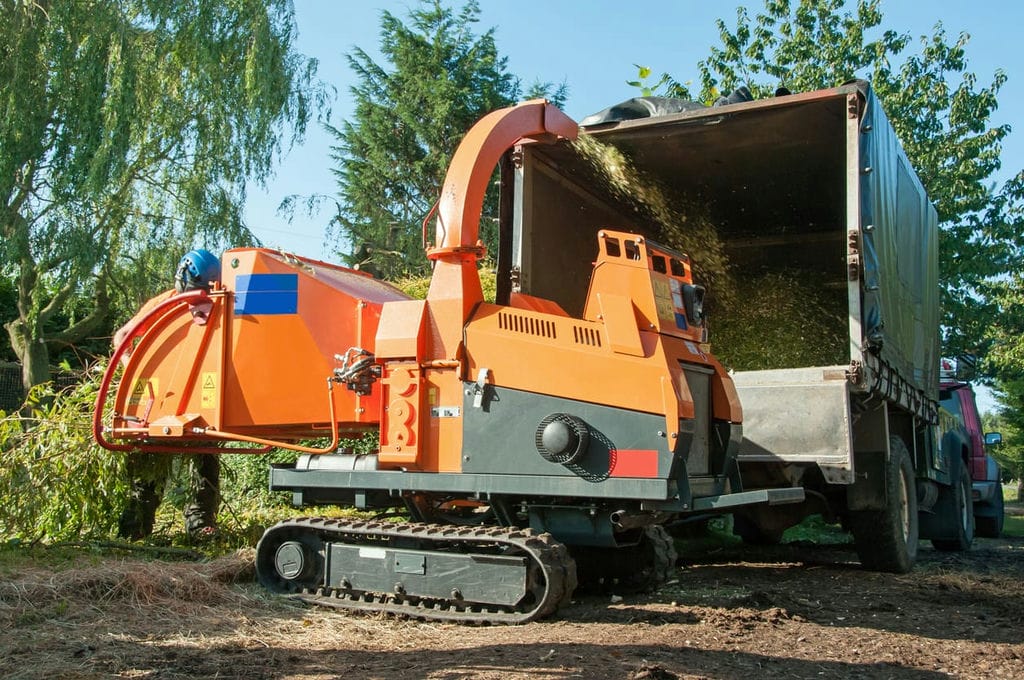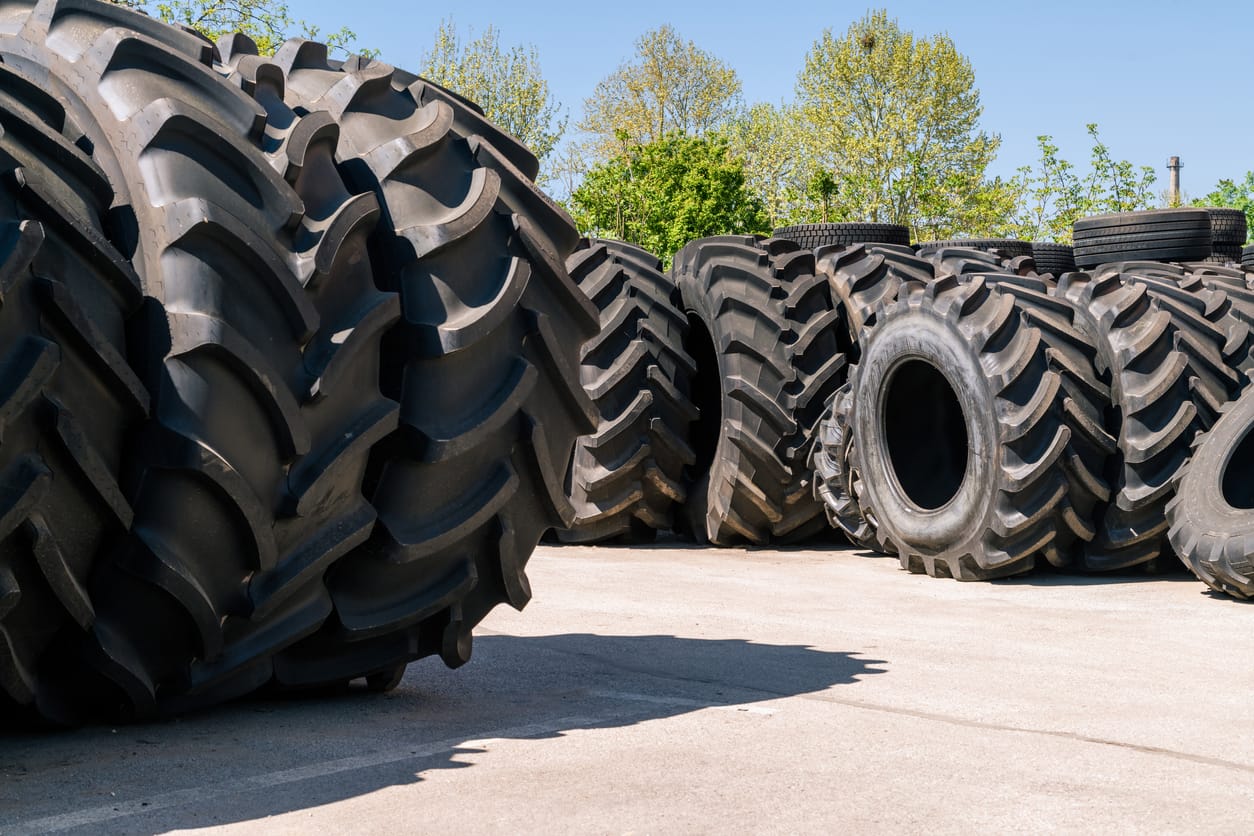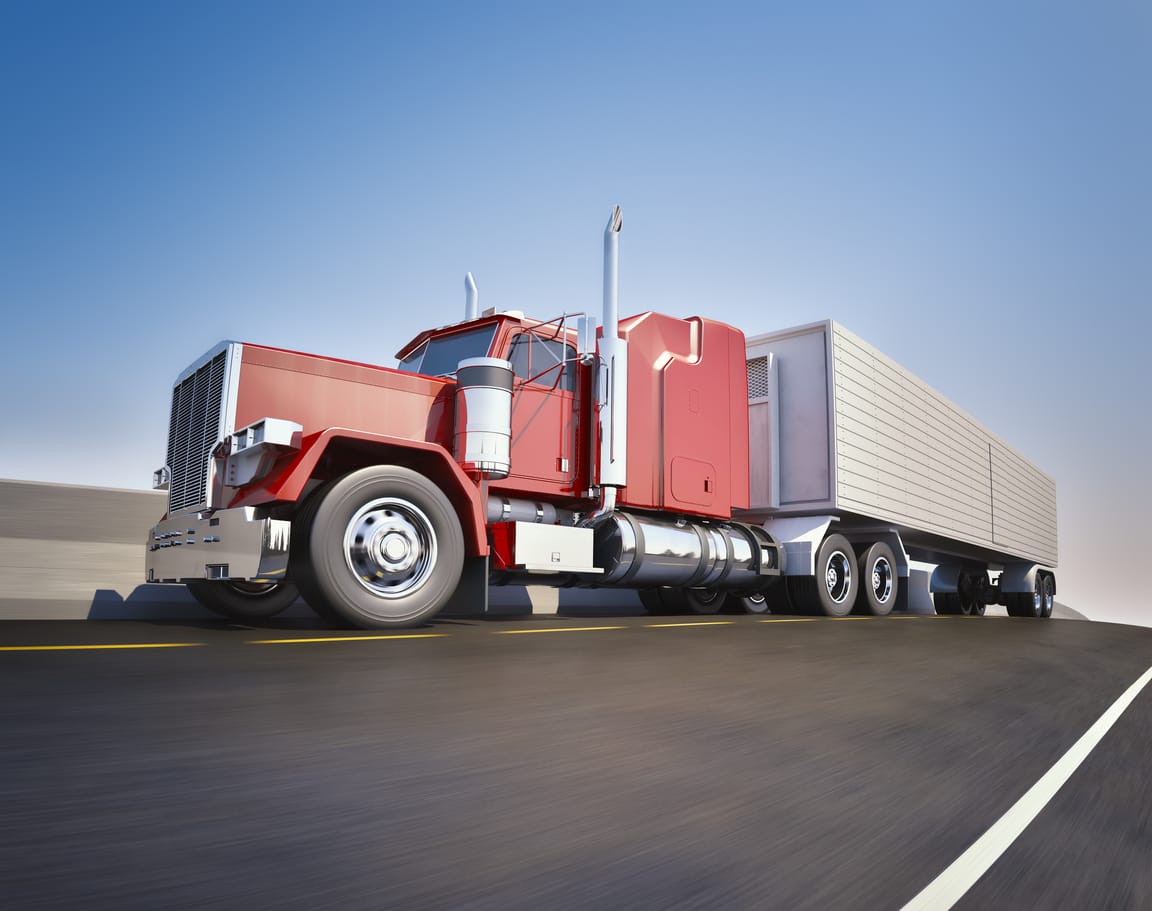A woodchipper (a.k.a. wood chipper) is a device used to cut unprocessed wood into smaller wood chips. Also known as a tree chipper, it makes clearing wood less stressful. While woodchippers are often portable, commercial and industrial models can be very bulky, with some models weighing up to 100,000 pounds. As a result, they usually need specialized transportation to get them to job sites. If you want to transport your woodchipper from one site to another, read on to learn how to ship a woodchipper.
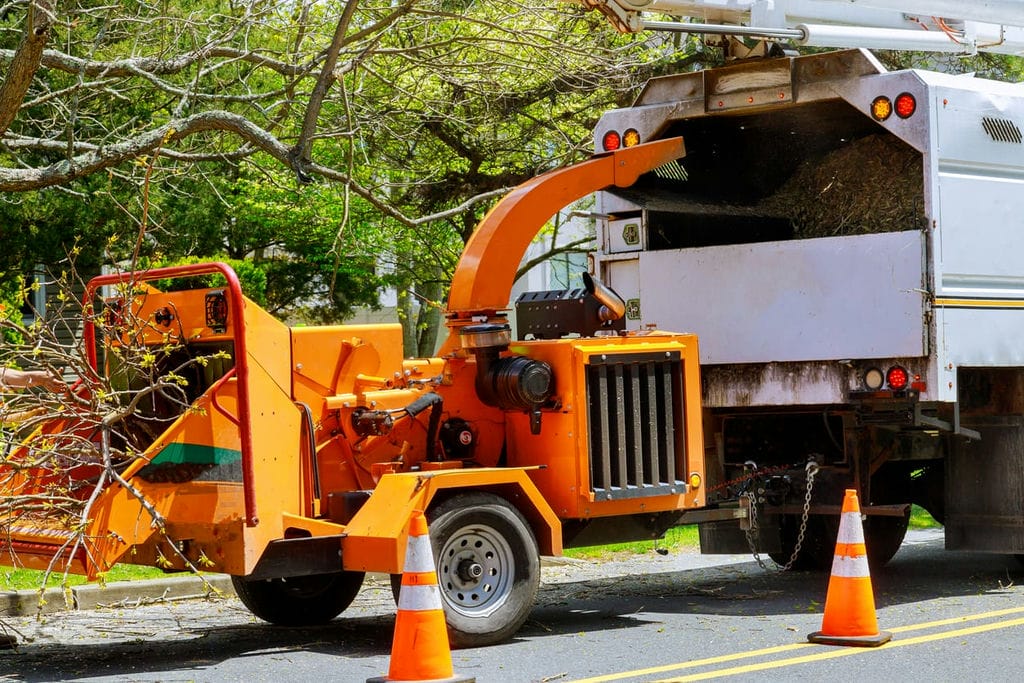
You’ll need to hire a professional transportation company to transport your commercial or industrial woodchipper. Professional transportation companies usually have the experience, expertise, and equipment required to transport woodchippers safely.
When determining how much it will cost to ship a woodchipper, professional shipping companies usually examine various factors. Here are five key factors they consider:
Bulky chippers require more fuel to transport compared to light ones. As a result, they are costlier to transport. Wide chippers are also costlier to transport than narrow models because they need larger trailers.
If you want the shipper to transport your woodchipper promptly, you’ll pay more for shipping. Therefore, if you’re on a budget and don’t need to transport the chipper immediately, ensure you schedule shipping well in advance to lower your shipping costs.
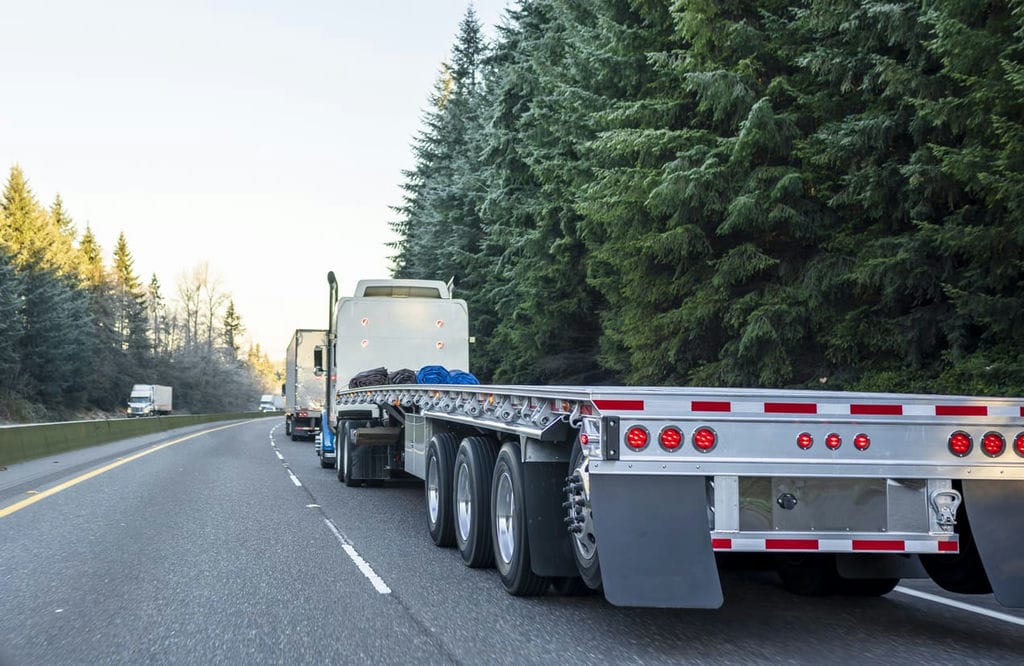
The further you need to transport your chipper, the more fuel it will require to transport. As a result, you’ll pay more for shipments over long distances than those over short ones.
Professional shipping companies take the utmost care when transporting woodchippers. Unfortunately, sometimes accidents happen. If your chipper gets damaged while in transit, you’ll want to ensure it’s insured.
When determining how much your premium will cost, your insurer will consider various factors, such as your chipper’s value, age, and the extent of coverage you want. Consequently, these factors will affect the shipping cost.
Professional shipping companies tend to be busier during certain times of the year than others. Generally, summer and early fall are the busiest periods, while winter is the least busy. If you want to ship your chipper during peak seasons, you’re likely to pay more for shipping.
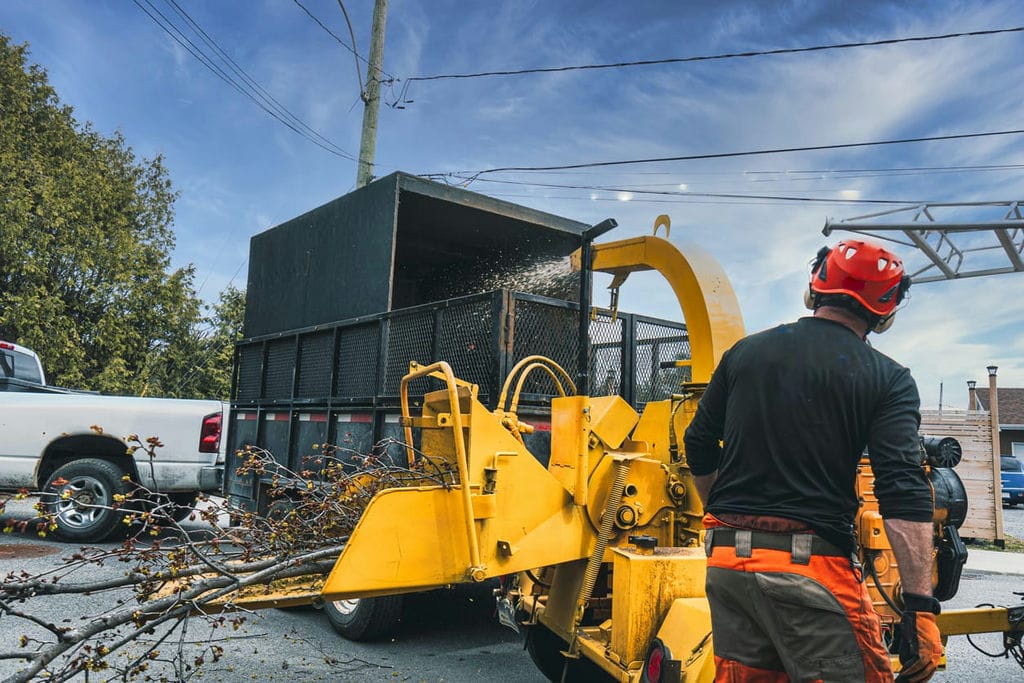
Shipping a chipper isn’t something you should do haphazardly. It requires planning. Here are some essential things you should do before shipping your woodchipper:
While washing your tree chipper may seem unnecessary because it will eventually get dirty, washing it can help you to spot any exterior damage before it’s shipped.
Once you’ve washed your tree chipper, evaluate and document its condition before it’s shipped. As mentioned earlier, while professional shippers take extreme care when shipping chippers, accidents could still happen. Therefore, documenting your chipper’s condition before it’s shipped can help you to file an insurance claim if it’s damaged while in transit.
If possible, take pictures of your woodchipper too. In the unlikely event it gets damaged while in transit, you’ll be able to use the pictures to show you aren’t liable for the damage.
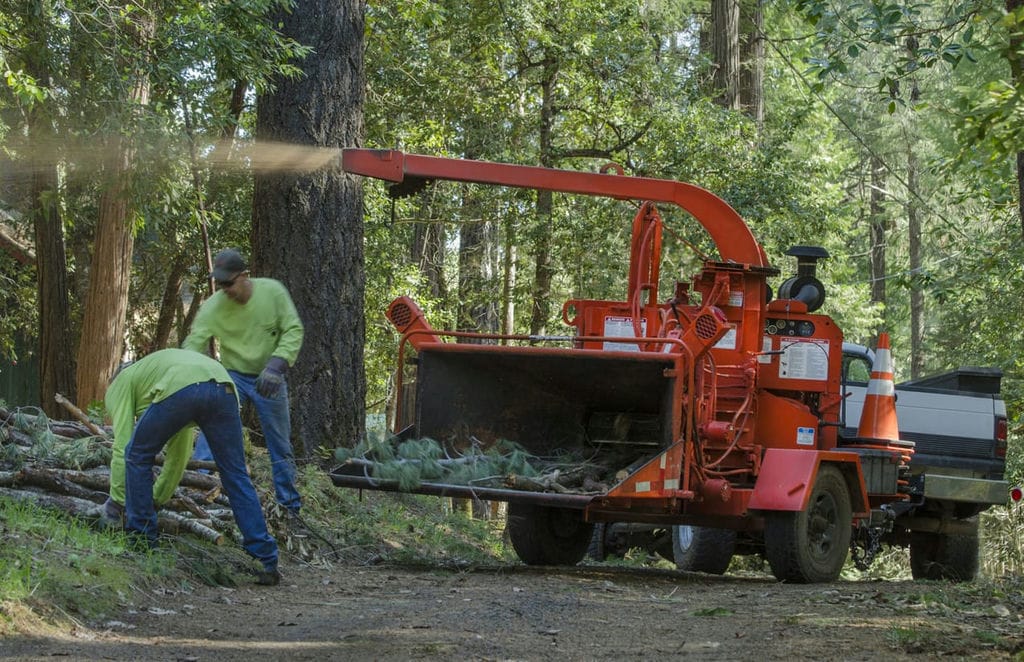
Your personal items won’t be insured against any damage. Therefore, make sure you remove all personal items from your woodchipper, such as jewelry, GPS devices, and paperwork, before it’s transported.
Before you ship a woodchipper, professional shippers will need to verify you own the chipper. To speed up the verification process, gather verification documents, such as the chipper’s title or bill of sale, in advance.
Before shipping your woodchipper, here are some key maintenance tasks you’ll need to perform:
- Check for leaks: Look for any leaks and have them fixed before the shipper picks your vehicle because shippers may refuse to ship your vehicle if there are fluid leaks. Afterward, top up your chipper’s oil if necessary.
- Check the tires: Inflate the chipper’s tires properly to prevent damage while in transit and inspect the tread.
- Charge the battery: If you own an electric wood chipper, make sure the battery is fully charged.
If you need assistance performing maintenance, consider hiring a mechanic. Additionally, if your chipper isn’t running, consider getting it fixed. It costs more to ship an inoperable woodchipper, so it’s advisable to ensure it’s in good working condition.
While it may seem counterintuitive, consider emptying your gas tank if you own a chipper that uses gasoline. Gasoline can increase the weight of your woodchipper and make it costly to transport. Therefore, as a rule of thumb, leave your tank about an eighth full before shipping your woodchipper.
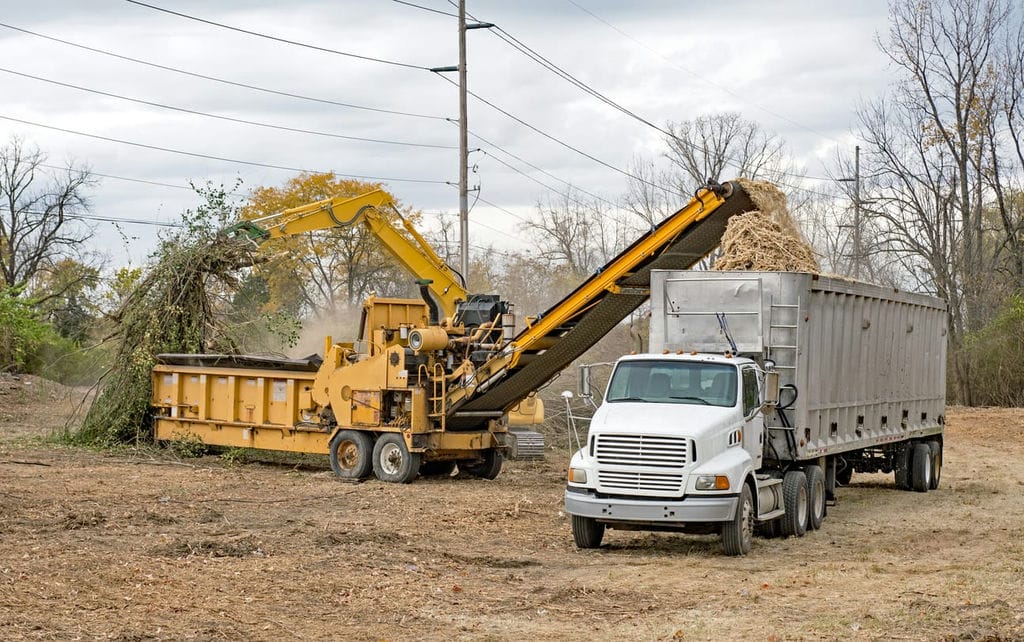
Choosing a suitable company to ship heavy equipment can feel overwhelming. To help you pick a suitable shipping company, here are some key things to consider when choosing one:
Experience doesn’t always guarantee quality service. However, experienced shippers are likely to have handled more shipments than inexperienced ones. As a result, they are more likely to know how to tackle any challenges that may arise during shipping. Therefore, consider choosing a company with several years of experience.
Check what others say about the shipping company on its website and third-party sites like Yelp and the Better Business Bureau. If the company has many positive reviews, it likely offers top-notch service.
You may want updates while your woodchipper is in transit. Therefore, consider choosing a company that offers dedicated support via various channels like email, phone, and social media.

Commercial and industrial woodchippers can be pretty heavy and challenging to transport. If you don’t have a suitable vehicle to transport your chipper safely, contact Ship A Car to schedule hauling at a reasonable cost.
